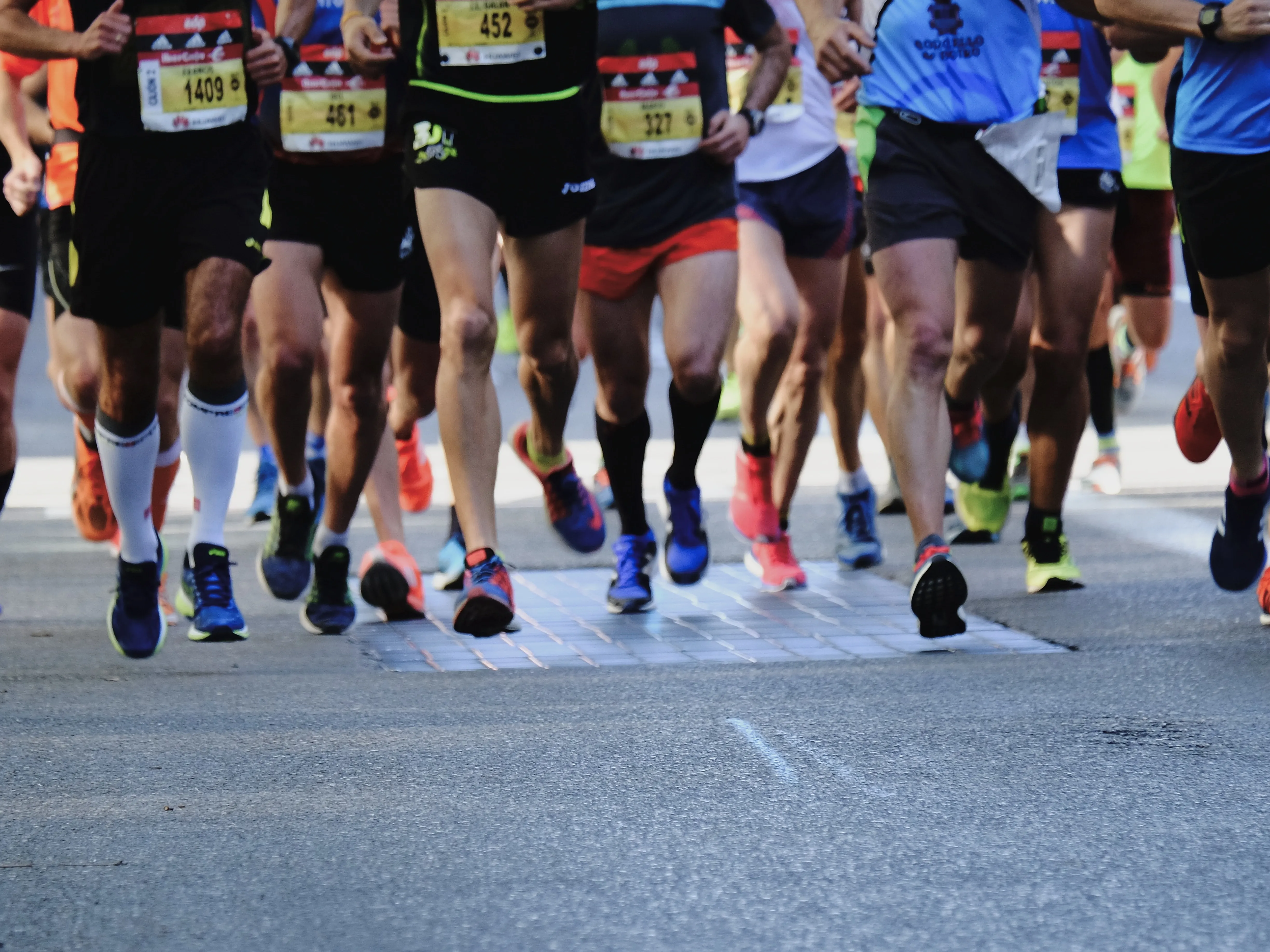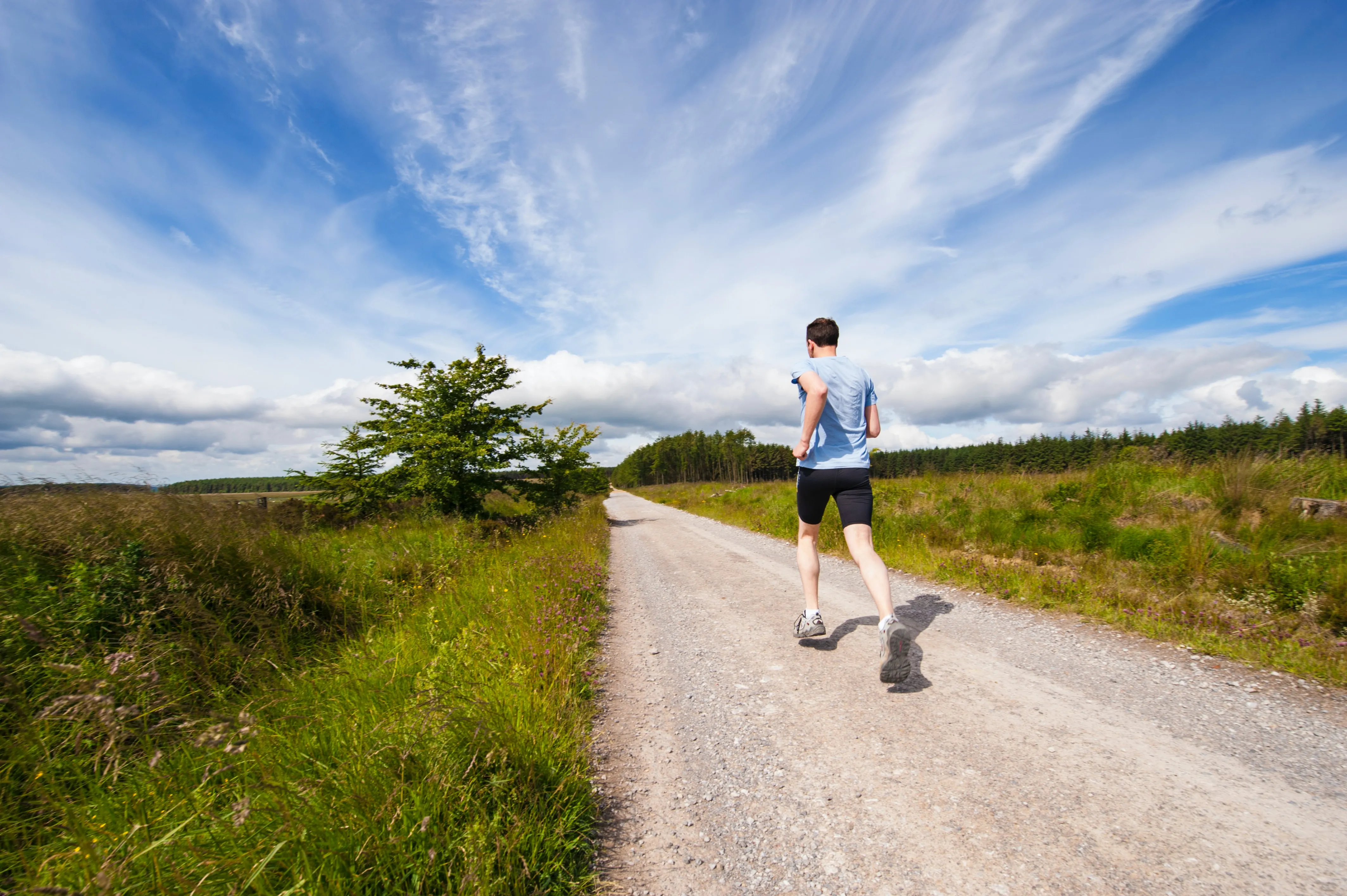
Running is not just a hobby, it’s a way of life. Many runners have chosen to express their passion and love for the sport in a permanent way- through tattoos. Tattoos are a popular form of body art, adored by millions for their ability to tell stories, commemorate significant life events, or simply create a unique aesthetic. If you’re a dedicated runner thinking about getting inked, this guide will cover everything you need to know.
Impact of Tattoos on Performance
Despite popular misconceptions, having a tattoo won’t affect your performance as a runner. A 2017 study published in Medicine & Science in Sports & Exercise indicates that tattoos do not interfere with sweat rate or salt concentration, two factors that could influence your running performance. A small tattoo isn’t going to affect your balance, change your stride, or weigh you down.
The Best Places for a Runner’s Tattoo
Choosing where to place your tattoo is a highly personal decision but there are certain locations that might be more favorable for runners. If you’re often under the sun, you might want to avoid areas that are routinely exposed like the shoulders or arms, as the sun can cause your tattoo to fade. Spots that don’t chafe against clothing, such as your calf, foot or back, are also worth considering.
Tattoo Designs for Runners
Running-related tattoo designs are limitless. Common motifs include symbols like Winged Foot of Hermes, stopwatch, or even runner’s quotes. Some enthusiasts opt for tattoos marking their significant achievements, like a trail map of their first marathon, the Olympic rings, or special race numbers.

Post-Tattoo Care and Running
Once you get your tattoo, it’s important to let it heal properly. Tattoo care is critical, especially for runners. Here are a few tips to keep in mind:
-
Rest: Depending on the size and placement of your tattoo, the healing period can range from a few days to a couple of weeks. During this time, limit your running and avoid strenuous exercise to allow your body to heal.
-
Hydrate: Drink plenty of water. It will not only aid in healing but also prevent dehydration during your runs.
-
Avoid Sun Exposure: Protect your fresh tattoo from direct sunlight, as it can cause fading or damage to the tattoo.
-
Keep it Clean: After running, make sure to clean the tattoo site thoroughly to prevent sweat from causing bacterial infections.
-
Avoid Chafing: If your tattoo is in a place where clothing continuously rubs against it, try to protect the area with a bandage or opt for loose clothing.
Tattoos can be a unique and personal way to celebrate your passion for running. Like training for a marathon or hitting a new PR, they require care, time, and dedication. So, if you’re ready to take the leap, think about what designs and locations would be meaningful to you, and remember to take care of your new ink! Regular rest, hydration, and good post-tattoo care will ensure your tattoo heals brilliantly and beautifully – much like the journey of running itself.




